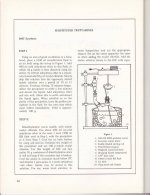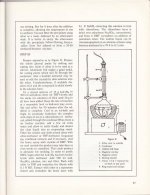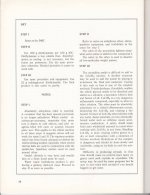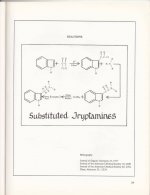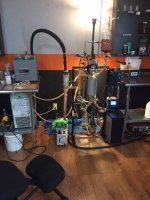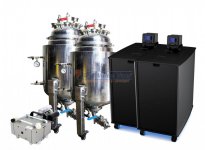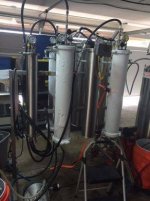I need to evaporate large quantities of ethanol whilst under vacuum and keeping the sample temp to around 40c max.
So I was looking around and found SprayVap made by CES
The sprayvap does 24 liters of EtOH per hour compared to a 20 liter rotovap at 6-8 liters per hour. And AI rotovaps have worked fine for me and they are 20k for the kit.
I am leaning towards the 3-4 Rotovaps because if I goes down you are still running. But going with the sprayvap, if it goes down then your whole op is down.
So I was looking around and found SprayVap made by CES
The sprayvap does 24 liters of EtOH per hour compared to a 20 liter rotovap at 6-8 liters per hour. And AI rotovaps have worked fine for me and they are 20k for the kit.
I am leaning towards the 3-4 Rotovaps because if I goes down you are still running. But going with the sprayvap, if it goes down then your whole op is down.

